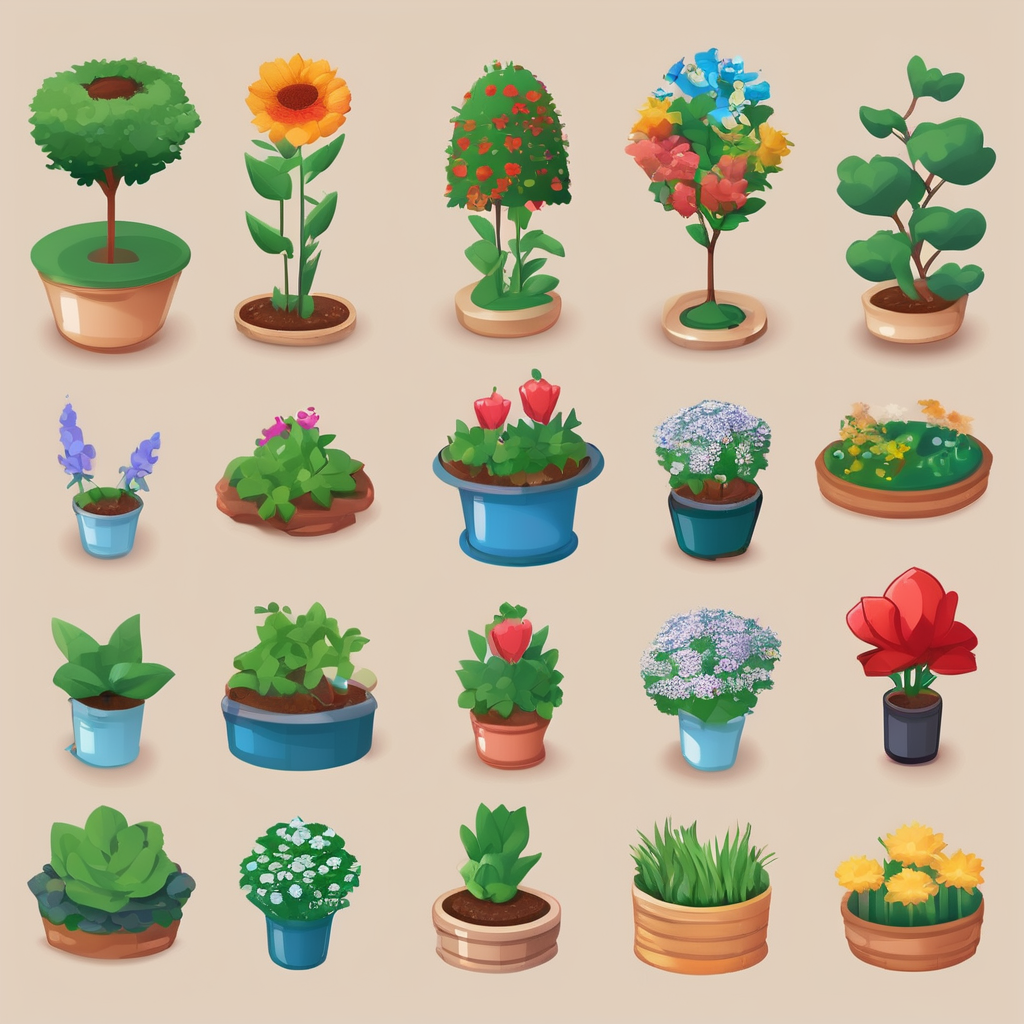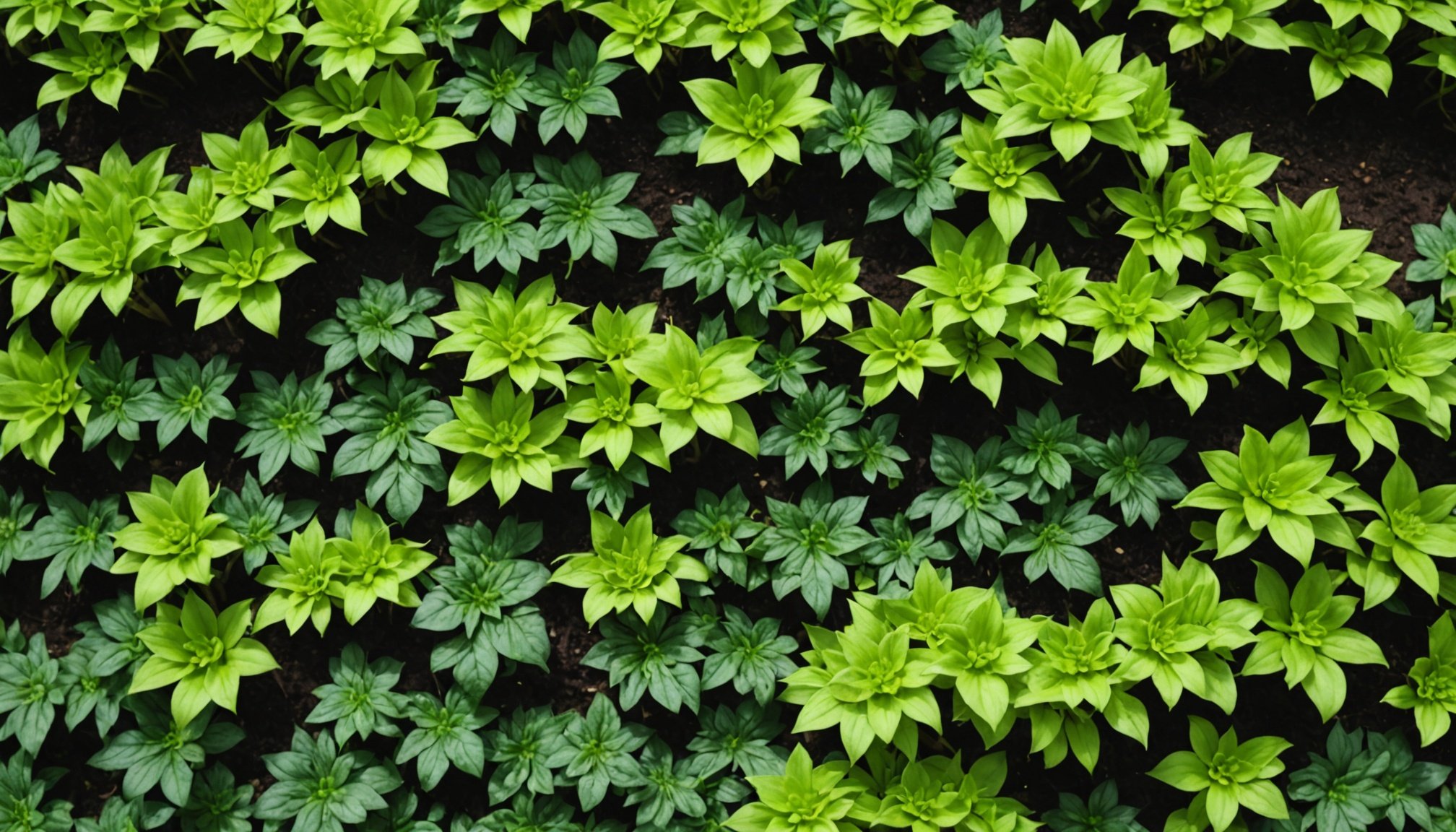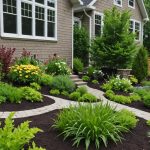Transforming your home with a living wall is both an innovative and refreshing way to enhance your indoor environment. However, many homeowners in the UK face the challenge of low natural light, making plant selection and maintenance seem daunting. Fear not! This guide provides practical tips, ensuring your green oasis thrives even in the shadiest corners. Embrace the beauty of nature indoors, and discover how to create a stunning living wall that brightens your space and elevates your well-being.
Introduction to Living Walls
Living walls, also known as vertical gardens, are innovative installations where plants grow on vertical surfaces. These green structures are becoming increasingly popular in modern home design due to their aesthetic appeal and environmental benefits. Unlike traditional gardens, living walls utilize vertical space, making them ideal for urban environments where horizontal space is limited.
Sujet a lire : Top Eco-Friendly Insulation Solutions for Your UK Cottage: A Comprehensive Guide
The benefits of living walls extend beyond their visual appeal. They play a crucial role in improving air quality by absorbing pollutants and releasing oxygen, thus enhancing the overall indoor environment. Additionally, living walls can help regulate indoor temperatures by providing natural insulation, which can lead to reduced energy costs.
Vertical gardens are not just a trend but a sustainable solution for creating indoor green spaces. In urban settings, where concrete and steel dominate, these gardens offer a refreshing touch of nature. They contribute to biodiversity by providing habitats for various plant species and even small wildlife. Furthermore, vertical gardens have been shown to reduce noise pollution, making them a practical choice for both residential and commercial spaces.
A voir aussi : Creating a Secure Play Space in Your UK Garden: Mastering Uneven Terrain Solutions
Incorporating living walls into home design is a forward-thinking approach that addresses the need for more green spaces in our increasingly urbanized world.
Design Inspiration for Living Walls
Living walls can transform any space with their unique aesthetic appeal. Whether you prefer a sleek, modern look or a rustic charm, there's a living wall design to suit your style. Modern designs often feature clean lines and minimalist plant arrangements, creating a sophisticated and contemporary feel. On the other hand, rustic styles embrace a more natural, organic look, often incorporating reclaimed materials and a diverse mix of plant species.
Integrating a living wall into your existing home decor can be an exciting challenge. Consider the colour palette and textures of your space to ensure a harmonious blend. For example, a vibrant, lush wall can add a pop of colour to neutral-toned rooms, while a more subdued plant selection can complement a colourful, eclectic space.
Visual examples abound, showcasing the versatility of living walls. From small, framed botanical art pieces to expansive, floor-to-ceiling installations, these green features can be tailored to fit any space. Successful installations often become focal points, drawing the eye and creating a sense of tranquility. Whether in a cosy living room or a bustling office, a well-designed living wall can enhance the ambience and provide a refreshing connection to nature.
Suitable Plants for Low Natural Light
Incorporating low light plants into your living wall can be the perfect solution for spaces with limited natural light. These shade-tolerant species thrive in environments where sunlight is scarce, making them ideal for indoor gardening.
List of Suitable Plants
- Snake Plant: Known for its resilience, the snake plant can survive in low light and requires minimal care.
- Pothos: With its trailing vines and heart-shaped leaves, pothos is perfect for adding a touch of greenery to dim spaces.
- Peace Lily: This plant not only tolerates low light but also purifies the air, improving indoor quality.
- ZZ Plant: A hardy choice that thrives in low light, the ZZ plant is drought-tolerant and low-maintenance.
Characteristics of Shade-Tolerant Species
Shade-tolerant plants typically have broader leaves to capture more light, and they often require less frequent watering. These plants are adapted to thrive under the canopy of larger plants, making them perfect for indoor settings.
Tips for Selecting the Right Plants
When choosing plants for your living wall, consider the specific light conditions of the space. Opt for species that match your environment's light levels and humidity. Mixing different low light plants can create a visually appealing and sustainable indoor garden.
Step-by-Step Installation Guide
Installing a living wall can be a rewarding DIY project, transforming your space into a lush vertical garden. Begin by preparing the wall surface; ensure it is sturdy enough to support the weight of the plants and materials. Waterproofing is crucial to protect the wall from moisture damage.
Selecting Materials
Choose a frame and planting system that suits your design and budget. Options include modular panels, felt pockets, or hydroponic systems. Select a robust material that can withstand the weight and moisture of the plants.
Installation Process
- Frame Setup: Attach the frame securely to the wall, ensuring it is level and stable.
- Irrigation System: Install an irrigation system to provide consistent watering. Drip systems are popular for their efficiency and ease of use.
- Planting Medium: Fill the planting pockets or modules with a suitable growing medium, such as coco coir or peat moss.
- Plant Placement: Carefully insert plants into the system, arranging them according to light and water needs.
Tools and Equipment
You'll need a drill, level, screws, waterproof liner, and irrigation components. Ensure all tools are in good condition to facilitate a smooth installation. With the right preparation, your vertical garden setup will flourish, adding beauty and function to your space.
Maintenance Tips for Living Walls
Living wall care is essential for ensuring the longevity and health of your vertical garden. Regular plant maintenance routines will keep your living wall vibrant and thriving. Start by inspecting your wall weekly for any signs of distress or pests. Early detection can prevent larger issues from developing.
Watering is crucial for maintaining healthy plants. Depending on the plant species and the environment, your living wall may require watering once or twice a week. Ensure the irrigation system is functioning correctly, delivering adequate moisture evenly. Overwatering can lead to root rot, so monitor soil moisture levels carefully.
Fertilizing is another key aspect of indoor gardening tips. Use a balanced, water-soluble fertilizer every four to six weeks to provide essential nutrients. This will promote robust growth and vibrant foliage.
Pruning helps manage plant size and encourages new growth. Trim back any dead or overgrown foliage to maintain the desired shape and prevent overcrowding. This practice also improves air circulation, reducing the risk of disease.
Address common issues like yellowing leaves or slow growth by adjusting light exposure and checking for nutrient deficiencies. With consistent care, your living wall will flourish, adding beauty and life to your space.
Challenges of Living Walls in the UK
Creating a living wall in the UK presents unique challenges due to the country's distinct climate. The UK's environmental factors, such as variable weather patterns and frequent rain, can impact the success of vertical gardens. Managing these challenges is crucial for maintaining a healthy and thriving living wall.
Climate Considerations
The UK's climate, characterised by moderate temperatures and high humidity, can affect plant growth. Humidity management is essential, especially in low light conditions, to prevent mould and mildew. Ensuring proper ventilation and selecting plants that can thrive in these conditions will help mitigate these issues.
Temperature and Light
Fluctuating temperatures and limited sunlight in the UK can also pose challenges. To maintain optimal conditions, consider using supplemental lighting and temperature control systems. These solutions can help balance the environmental factors and support plant health.
Pest and Disease Management
Pest management and disease prevention are vital for sustaining a living wall. The damp UK climate can encourage pests and diseases. Regular monitoring and employing natural pest control methods, such as introducing beneficial insects, can help manage these challenges effectively. By addressing these living wall challenges, your vertical garden can flourish in the UK environment.
Enhancing Your Living Wall with Technology
Integrating smart gardening technology into your living wall can revolutionise how you maintain and enjoy your vertical garden. These automated systems simplify the upkeep process, ensuring your plants thrive with minimal effort. From monitoring moisture levels to adjusting light exposure, technology offers precise control over your living wall environment.
Overview of Smart Gardening Systems
Smart gardening systems are designed to automate and optimise plant care. These systems often include sensors that monitor soil moisture, temperature, and light levels. By connecting to a smartphone app, they provide real-time data and alerts, allowing you to make informed decisions about your living wall's needs.
Benefits of Using Technology
The use of technology in living walls offers numerous advantages. Automated watering systems ensure consistent hydration, preventing both under and overwatering. Smart lighting solutions can compensate for low natural light, promoting healthy growth. Additionally, these technologies reduce manual labour, making it easier to sustain your living wall over time.
Examples of Products
Several products can enhance your living wall experience. Automated irrigation systems, such as drip or misting setups, deliver precise water amounts. Smart plant monitors track environmental conditions, while LED grow lights offer supplemental lighting. These innovations not only support plant health but also enhance the overall aesthetic and functionality of your living wall.
Visual Aids and Resources
Enhancing your understanding of living walls can be greatly aided by accessing the right resources and visual aids. For those looking to dive deeper, several recommended books and online platforms provide comprehensive gardening resources. Titles such as "The Vertical Garden: From Nature to the City" by Patrick Blanc offer insights into design and maintenance. Online, websites like the Royal Horticultural Society provide valuable instructional materials.
Visual aids play a crucial role in making the installation process more manageable. Diagrams and images can clarify complex steps, ensuring that your living wall is both structurally sound and aesthetically pleasing. A well-illustrated guide can be a game-changer, especially for beginners.
Connecting with community resources can also be beneficial. Local gardening groups and workshops offer hands-on experience and the opportunity to share tips and ideas. These communities can be found through social media platforms or local horticultural societies, providing a supportive network for enthusiasts.
By leveraging these living wall visuals and resources, you can enhance your skills and confidence in creating and maintaining a thriving vertical garden. This approach not only enriches your knowledge but also fosters a deeper connection to nature and community.
Conclusion and Next Steps
Embarking on living wall projects can be a transformative journey for your home. As you consider your gardening next steps, remember the key elements that contribute to a successful vertical garden. Start by planning your design, selecting suitable plants, and ensuring proper installation and maintenance. Each step is crucial in creating a thriving living wall that enhances your space.
As you move forward, think about how your living wall can complement your overall home improvement goals. Whether you're aiming for a modern aesthetic or a natural, rustic charm, your vertical garden should reflect your personal style and needs.
Feel encouraged to share your living wall experiences with others. By exchanging ideas and insights, you can inspire and learn from fellow enthusiasts. Sharing your journey, from planning to execution, can foster a sense of community and support among those passionate about integrating nature into their living spaces.
Taking these next steps will not only beautify your home but also contribute to a more sustainable and green environment. Your commitment to creating a living wall is a positive stride toward enhancing both your indoor space and the world around you.












